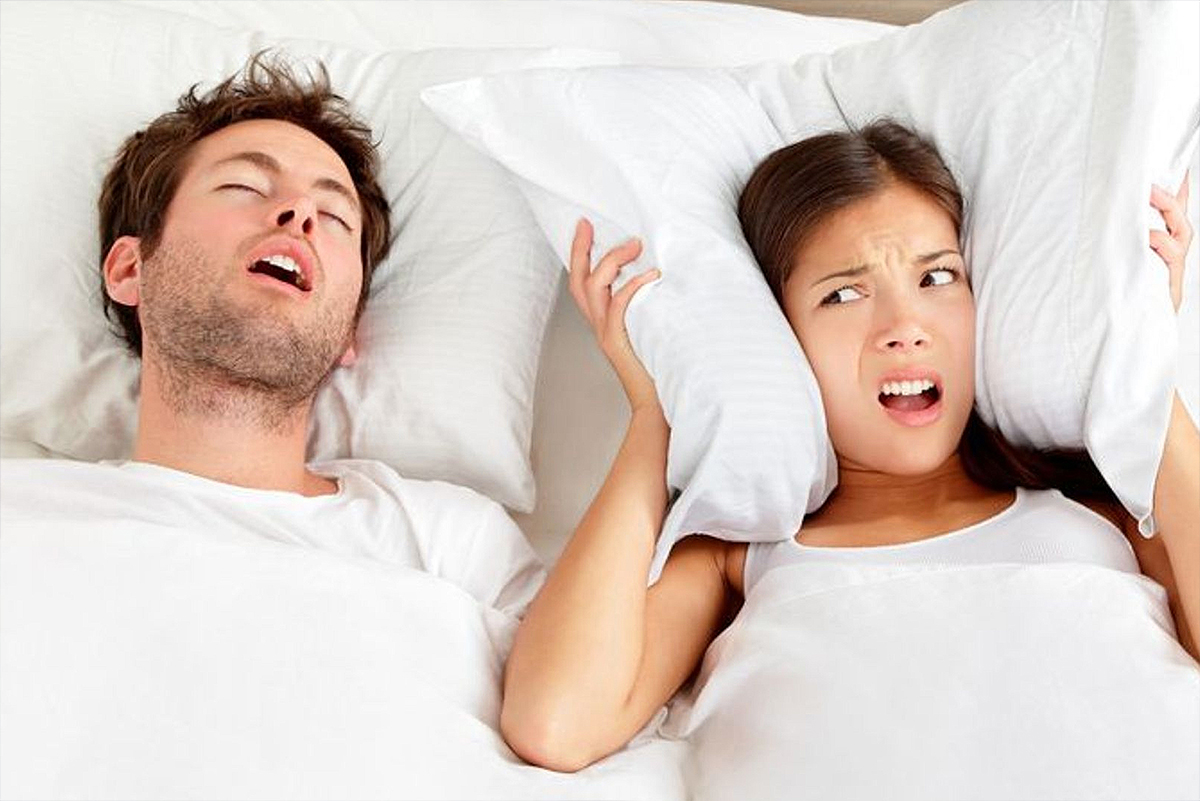- Kuşkavağı Mh. 563 Sk. No: 2C Konyaaltı/Antalya
- contact@esclinicturkey.com
Send Message


If you also have a problem with snoring and waking up at night with your breath out, you may probably suffer from snoring or sleep apnea. Snoring is a treatable medical problem. Snoring does not only affect you, but can also make people around you uncomfortable because of the sound of snoring. For snoring, we can describe turbulent airflow that causes tissues to vibrate during sleep. As with all other sounds, particles in the air create sound waves during snoring. The medical name for snoring is obstructive sleep apnea. It can be a sign of a serious disease that sometimes manifests itself by stopping breathing during sleep. Factors such as excess weight, alcohol consumption, sleeping on your back, using antidepressants, excessive fatigue, nasal deformities, mouth and jaw structure cause snoring.
As we breathe, there is a regular flow of air through our nose or mouth into our lungs. It makes less noise when we sit or breathe. During exercise, the air moves faster, and when we breathe, some sounds occur. Air moves faster inside the nose than through the mouth, and as a result, the airflow creates more turbulence and some vibrations of the tissues in the nose and mouth. When we sleep, the area behind the throat sometimes narrows as the muscles relax and even temporarily close. The same air that passes through this small cavity faster causes the tissue that covers the cavity to vibrate. This condition is the formation of a snoring sound. People who snore have different reasons for shrinking. Narrowing can be in the nose, mouth, or throat. Palatal snoring is worse if a person breathes through the mouth or has nasal congestion.
Your doctor or otolaryngologist may recommend a medical device or surgical procedures, such as the following for snoring treatment:
Continuous Positive Airway Pressure (CPAP): to keep your airway open during sleep, a machine at your bedside blows compressed air into a mask that you wear to your nose or face.
Laser-assisted uvulopalatoplasty (LAUP): uses a laser to shorten the uvula (soft tissue at the back of the throat) and make small cuts to both sides of the palate. As the cuts heal, the surrounding tissues Harden to block the vibrations that trigger snoring.
Palatal implants or Pillar procedure: a small plastic implant is integrated into the soft palate inside the mouth. This system allows the soft palate to prevent snoring.
Somnoplasty: creates a small amount of radio frequency heat to clean the tissues of the uvula and soft palate that vibrate during snoring. It is performed in an average of 30 minutes with local anesthesia.
Specially fitted dental devices and lower jaw positioners: it opens your airway by bringing your lower jaw or tongue forward while you sleep. For an excellent result, you need to consult a specialist dentist who can use these devices.
Uvulopalatopharyngoplasty (UPPP): thermal ablation Palatoplasty (TAP), tonsillectomy and adenoidectomy similar surgical procedures increase the width of your airway by surgically removing tissue or correcting abnormalities.
Copyright © 2021 ESClinic Excellent Smile Clinic Alondan
Last Update Date: 10.08.2023